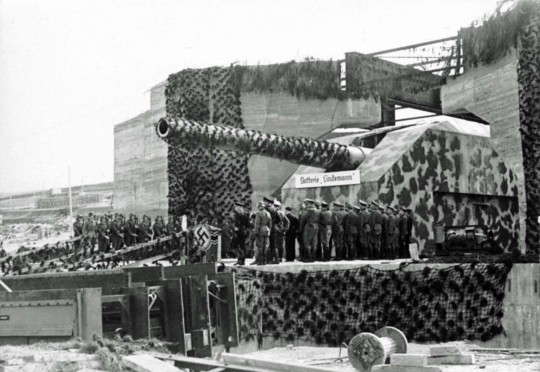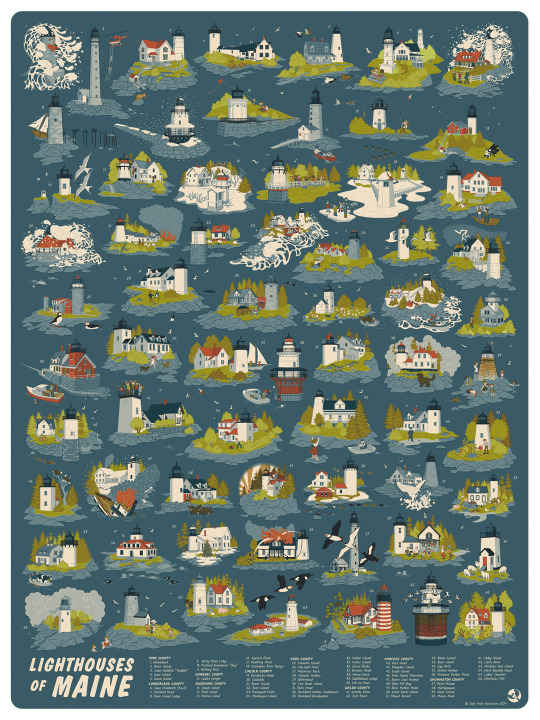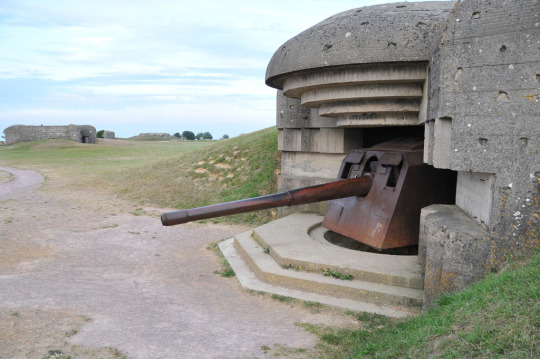#atlantic wall
Explore tagged Tumblr posts
Text

Capbreton, France Atlantic coast, August 2008, Canon 400D, efs 17-55mm f2/8 is usm, 24mm, f8.0, 8s
Shooting a long pause photography on a sandy beach is tricky !
#original photographers#photography#photographers on tumblr#my art#photooftheday#lensblr#capbreton#Atlantic coast#french atlantic coast#german bunker#rising sun#dawn#low speed photography#tripod#bunkers#blockhaus#atlantic wall
151 notes
·
View notes
Text

German soldiers rush from their barracks during a drill on the French coast - date unknown
#world war two#ww2#worldwar2photos#history#1940s#ww2 history#wwii#world war 2#ww2history#wwii era#drill#training#training exercise#France#atlantic wall#Normandy
95 notes
·
View notes
Text

Mise en service de la batterie Lindemann en présence de l'amiral Otto Schultze – Le mur de l'Atlantique – Cap Blanc Nez – Sangatte – Pas-de-Calais – France – 1942
Photographe : Kuhn
©Bundesarchiv - Bild 101I-364-2314-16A
#wwii#ww2#le mur de l'atlantique#atlantic wall#batterie lindemann#lindemann battery#kuhn#cap blanc nez#sangatte#calais#pas-de-calais#france#1942
7 notes
·
View notes
Text

The Schleswig-Holstein battery was renamed by Adolf Hitler’s personal order to Lindemann in honour of Ernst Lindemann, the captain of the battleship Bismarck, who went down with the ship on 27.5.41 in the Atlantic. Adolf Hitler personally ordered the concrete casemates for these guns (earlier the guns were located behind armoured shields 50mm thick). The battery was part of the Atlantikwall (Atlantic Wall) and armed with one 400mm (16 inch) SKC/34 cannons, which were previously manufactured for battleships of the never built H type. The team of one 40cm gun numbered 8 officers and 60 enlisted men. The battery was seized by Canadian troops on 26/9/44. Sangatte, Pas-de-Calais, France, 19/9/42
32 notes
·
View notes
Text

1 note
·
View note
Text
By D-Day the Atlantic Wall defenses had been reinforced several times, even taking seriously the need to muster and build up stockpiles in Britain an attack could have broken through the coastal defenses earlier.
…but those defenses were still enough to force a concentration of forces into a single spearpoint, which inland reserves could have mobilized to encircle and neutralize."… until they were redeployed to the Eastern Front. It really was Russians fighting in the east that decided the European theater of WWII.
Of course, Stalin exerted whatever pressure he could to bring the West into the fight ASAP, but letting the Red Army bear the burden and pay the costs of attritting the Reich away and then only afterwards sweeping through a hollowed-out Western Front as the preferable option to surrender to was a critical part of Anglo-American grand strategy.
Even with that, they still then had to grind out a Cold War evenly matched enough to last half a century.
1 note
·
View note
Text

LIGHTHOUSES OF MAINE Poster, featuring an illustration of all 66 Maine lighthouses. From Whaleback Light in Kittery, East to Quoddy Head, and all the lights in between, every lighthouse has stories. Families that kept the lamps lit through blizzards, life-saving dogs, puffins brought back from the brink of extinction, even cows in row boats. All under the watch of Maine's 66 iconic and historic towers. Each illustration depicts a bit of that lighthouse's history, past and present. Individually numbered, with the corresponding name at the bottom of the poster. -18 X 24 in (46.5 X 61cm) -signed by the artist, Jada Fitch -Matte finish -$30- (Free Shipping) BUY THE POSTER
#maine lighthouse#maine lighthouses#lighthouse poster#lighthouses poster#lighthouse print#print#poster#art#maine#lighthouses of maine poster#lighthouses of maine#maine landmarks#maine landmark#maine artist#maine illustrator#lighthouses#lighthouse#lighthouse love#mainer#wall art#home decor#camp decor#maine life#illustration#jada fitch#bird#drawing#design#nautical#atlantic
99 notes
·
View notes
Text

Capbreton, France, november 2008, f8 1,3s, 16 mm
#original photographers#photography#photographers on tumblr#my art#photooftheday#lensblr#french atlantic coast#atlantic ocean#atlantic wall#atlantic#atlantique#côte des landes#capbreton#bunker#blockhaus
33 notes
·
View notes
Text

A German sentry scans the horizon watching for an invasion that must surely come as he stands guard on the Atlantic Wall - exact date unknown
#world war two#1940s#worldwar2photos#history#ww2#ww2 history#wwii#world war 2#ww2history#wwii era#normandy#France#atlantic wall#Atlantic#sentry
155 notes
·
View notes
Text

Batterie allemande de 150 mm à Longues-sur-Mer – Mur de l'Atlantique – Calvados – Normandie – France – 20 juillet 2010
©Stéphane x
#WWII#mur de l'atlantique#atlantic wall#défenses côtières#coastal defences#longues-sur-mer#calvados#normandie#normandy#france#20/07/2010#07/2010#2010
26 notes
·
View notes
Text

I START ASCENDING WHENEVER I HEAR TS
I’m dying!… gonna go listen to it again😋👏
some random shit but yeah hope whoever sees this has a good day/night or evening!!
#ASCENDINGGGG#can’t die in peace till I see ts live#IN LOVE WITH TS#AHHHHH CHASE ATLANTICC#somebody help me#chase atlantic#the walls!!!
22 notes
·
View notes
Text

Just finished a sweet practice sesh on my HSS fender that my lovely amazing @bootyliciousbaaabe decorated!
Any recs for songs you guys wanna hear me play? Private concerts are on the table (for the price of redbull and pizza :3)
#i fucking NAILED that guitar solo in walls by chase atlantic#but whatever song whatever genre lmk!#redacted asmr#redacted audio#redactedverse#asher talks
14 notes
·
View notes
Text
downside of being super awesome and painting your house in all sorts of amazingly beautiful and funky colors:
trying to take passport photos and realizing there is not a single white wall in your house.
15 notes
·
View notes
Text
Just imagined Elriel’s first kiss happening while they’re flying over Velaris…Azriel making Elain laugh, her looking into his eyes as the wind blows around them and messes with Elain’s hair, Az holding her tighter to him…walk with me
#pro elriel#elriel#pro elain#elriel endgame#pro azriel#kinda going insane over this#headcanon#this while the guitar solo in the walls by chase atlantic sounds
37 notes
·
View notes
Text






felt like i was in fallout irl
#my ph#☢️#mine#the brain rot is real sorry guys#it's actually the Atlantic wall open air museum#I have so many pics#but these were took with the fallout feel specifically#anna talks
10 notes
·
View notes
